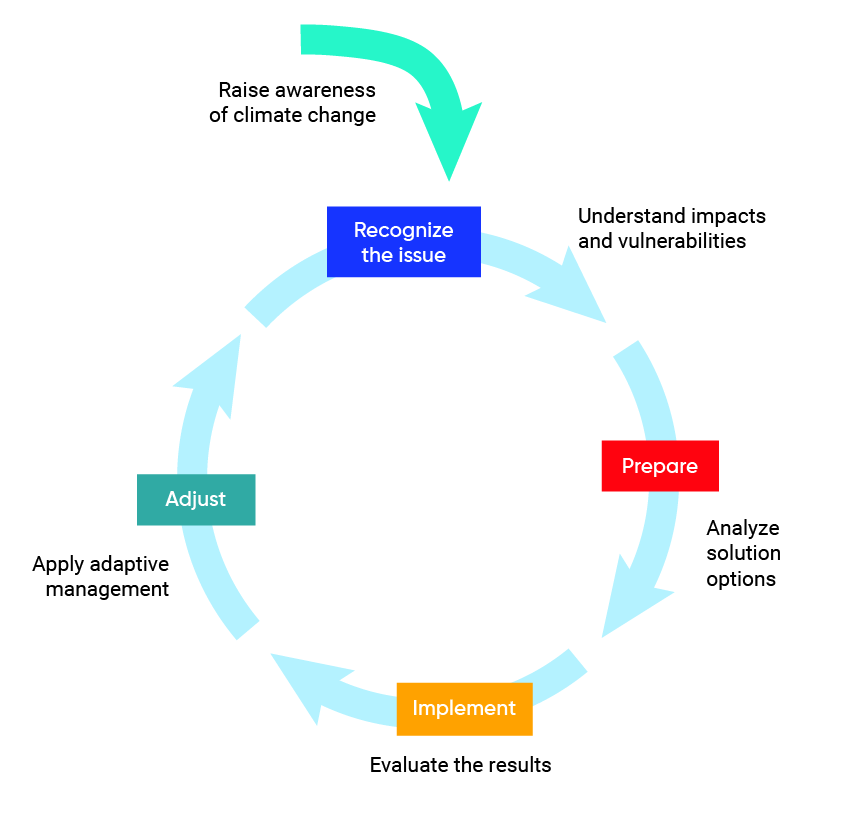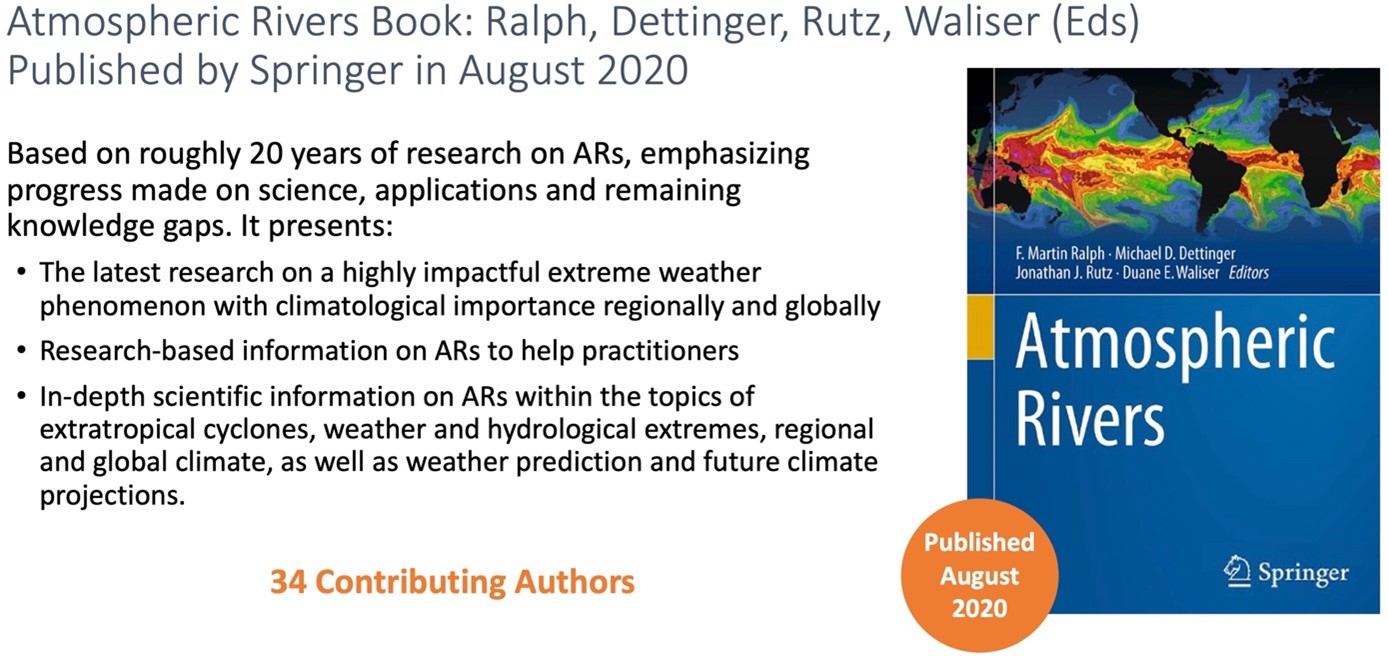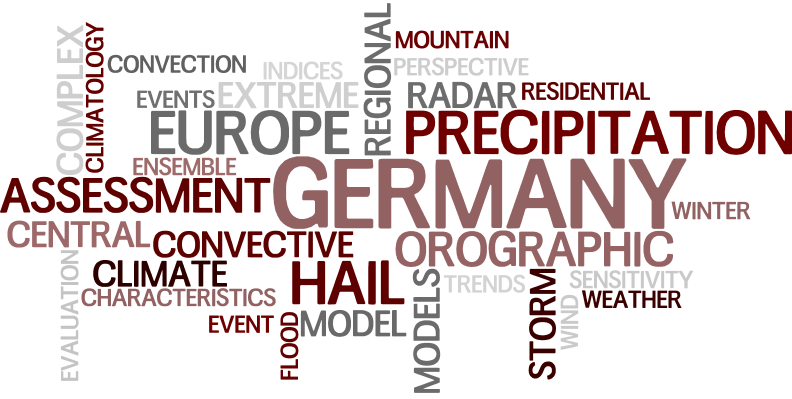NHESS - A multi-disciplinary analysis of the exceptional flood event of July 2021 in central Europe – Part 2: Historical context and relation to climate change
€ 29.50 · 4.7 (548) · In Magazzino
![]()
Abstract. Heavy precipitation over western Germany and neighboring countries in July 2021 led to widespread floods, with the Ahr and Erft river catchments being particularly affected. Following the event characterization and process analysis in Part 1, here we put the 2021 event in the historical context regarding precipitation and discharge records and in terms of the temporal transformation of the valley morphology. Furthermore, we evaluated the role of ongoing and future climate change on the modification of rainfall totals and the associated flood hazard, as well as implications for flood management. The event was among the five heaviest precipitation events of the past 70 years in Germany. However, consideration of the large LAERTES-EU regional climate model (RCM) ensemble revealed a substantial underestimation of both return levels and periods based on extreme value statistics using only observations. An analysis of homogeneous hydrological data of the last 70 years demonstrated that the event discharges exceeded by far the statistical 100-year return levels. Nevertheless, the flood peaks at the Ahr river were comparable to the reconstructed major historical events of 1804 and 1910, which were not included in the flood risk assessment so far. A comparison between the 2021 and past events showed differences in terms of the observed hydro-morphodynamic processes which enhanced the flood risk due to changes in the landscape organization and occupation. The role of climate change and how the 2021 event would unfold under warmer or colder conditions (within a −2 to +3 K range) was considered based on both a pseudo global warming (PGW) model experiments and the analysis of an RCM ensemble. The PGW experiments showed that the spatial mean precipitation scales with the theoretical Clausius–Clapeyron (CC) relation, predicting a 7 % to 9 % increase per degree of warming. Using the PGW rainfall simulations as input to a hydrological model of the Ahr river basin revealed a strong and non-linear effect on flood peaks: for the +2 K scenario, the 18 % increase in areal rainfall led to a 39 % increase of the flood peak at gauge Altenahr. The analysis of the high-resolution convection-permitting KIT-KLIWA RCM ensemble confirmed the CC scaling for moderate spatial mean precipitation but showed a super CC scaling of up to 10 % for higher intensities. Moreover, the spatial extent of such precipitation events is also expected to increase.

NHESS - A multi-disciplinary analysis of the exceptional flood event of July 2021 in central Europe – Part 2: Historical context and relation to climate change

PDF) A multi-disciplinary analysis of the exceptional flood event of July 2021 in central Europe – Part 1: Event description and analysis
![]()
NHESS - Peer review - A multi-disciplinary analysis of the exceptional flood event of July 2021 in central Europe – Part 2: Historical context and relation to climate change
![]()
NHESS - Home

Chapter 2 — Regional Perspectives Report

AR_Publications – Center for Western Weather and Water Extremes

Challenges in the attribution of river flood events - Scussolini - WIREs Climate Change - Wiley Online Library

Skeptical Science New Research for Week #4 2024

Climate change impacts and adaptation efforts in different economic sectors of the Trinational Metropolitan Region Upper Rhine - ScienceDirect

Forschung - Arbeitsgruppen - Atmosphärische Risiken - Publikationen









